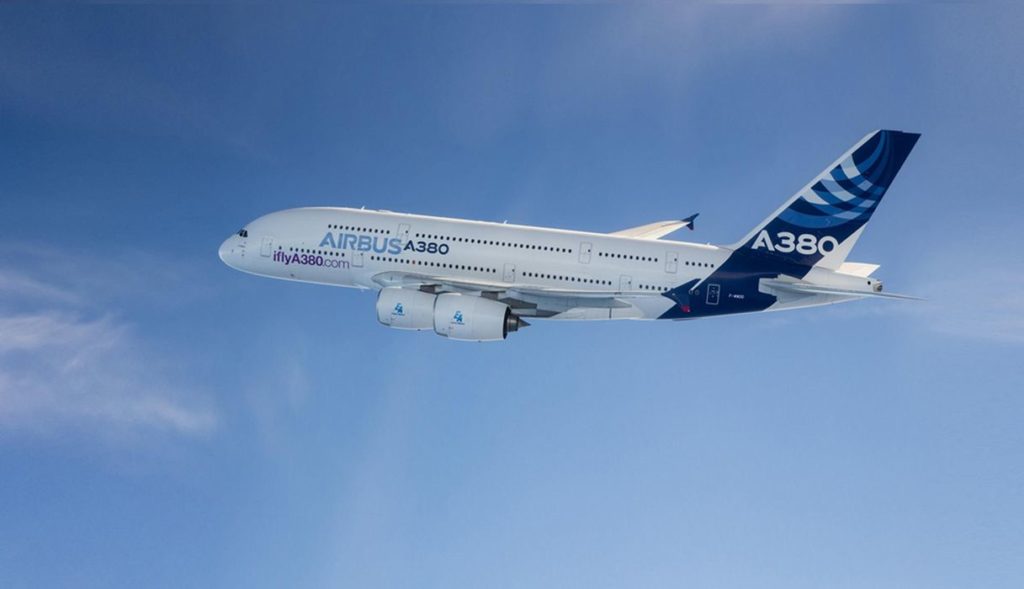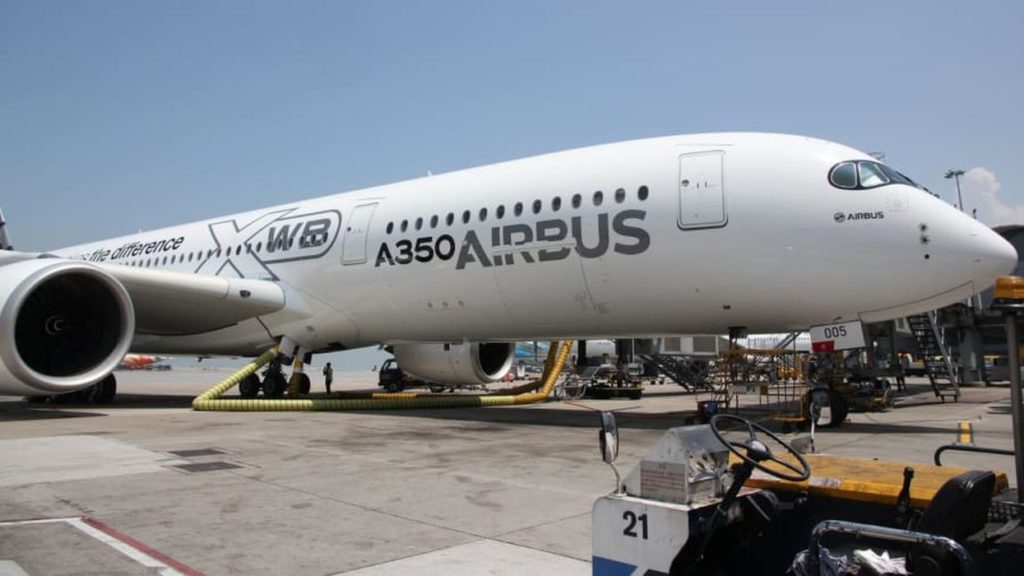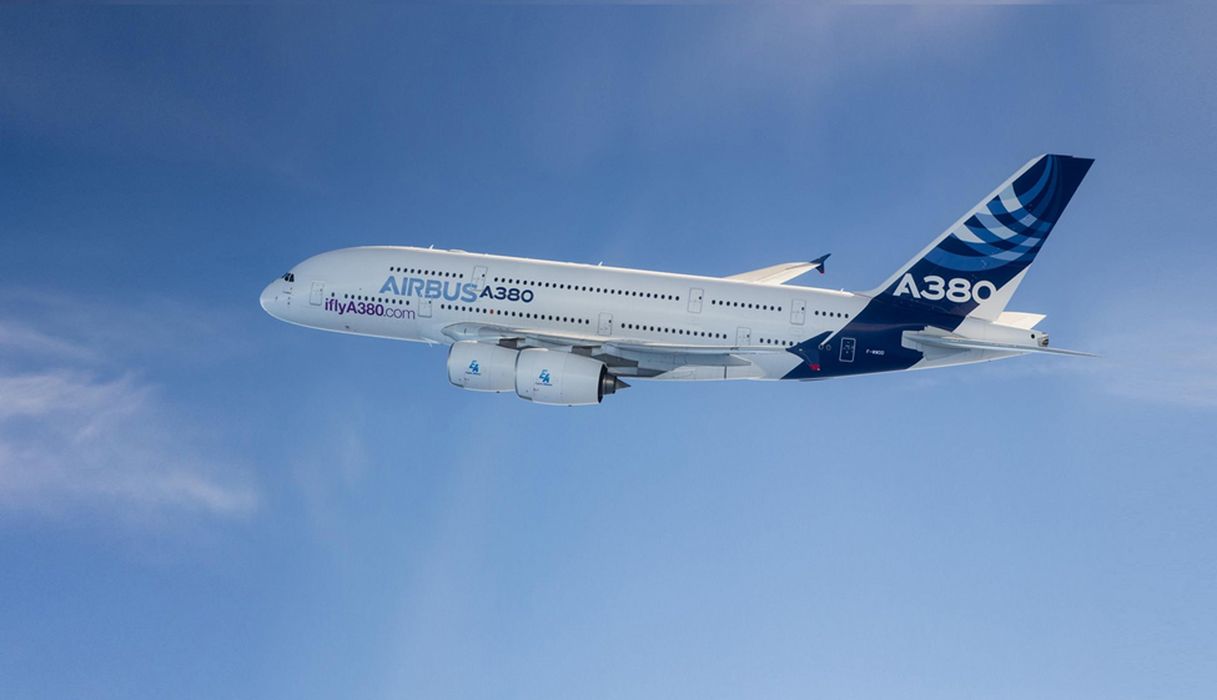
Charles R. Goulding and Joseph Castine look at how leasing moves could affect the production of 3D printed aviation parts.
In the commercial and passenger flight industry, the largest supplier of aircraft continues to be Airbus. According to Statista ,Airbus throughout 2019 and 2020 fulfilled approximately 1500 aircraft to clients. Along with these impressive figures the company is known for its innovation including the integration of 3D printed parts in their aircraft.
Recently, Guillaume Faury., the Airbus CEO, said that Airbus will be ramping up the production of their A320 series aircraft. This comes after the company emerged from the pandemic as the world’s number one airplane manufacturer. Ramping up production of these airliners is concerning to major lessors’ who have large aircraft leasing portfolios. In modern times airplanes are expensive, popular models like the Airbus A320 and Boeing 787 sell for approximately US$110M and US$250M respectively.
Many airlines either do not have the funds to support a fleet of aircraft at these prices, or they would prefer not to outlay these large investments, and this drives some companies to lease aircraft from lessors for a monthly fee.
However, these recent statements to increase the production of planes by Airbus is concerning to many lessors, who believe that by introducing new aircraft, their current fleets will decline in value. For these lessors this is concerning as many of these lease terms are anywhere from 8-12 years, meaning many planes which are currently on lease are not new and do not feature the latest technology.
Introducing new aircraft at the pace of 64 per month by 2023, and 70 per month by 2025 will decrease the value of many current lessors’ fleets.
However, from a consumer and airliner standpoint, this could be beneficial. Studies have shown that innovation is critical in consumer-based fields, in fact figures show that 83% of respondents to a 2017 survey would pay more for innovation in electronics, while 15% of those people would pay over 40% more. This pricing increase would be beneficial to airlines and indicates that airlines would be more inclined to then lease newer aircraft. By expanding the current output of these A320s there will be fewer leasing opportunities for older aircraft fleets.
This expanded production comes after Airbus had emerged as the number one plane manufacturer after the pandemic partly due to Boeing’s problems with their 787 Dreamliner. These issues have also affected the supply lines for these aircraft, Raytheon, which supplies over US$10M in parts and equipment for each Boeing Dreamliner, has experienced shipping delays due to production delays. Chief Executive Greg Hayes of Boeing said, “We are not shipping anything today on 787.” With these 787 delays, Airbus has the opportunity to take market share.
According to Olivier Andriès, chief executive at Safran, a large French multinational aircraft engine, rocket engine, and aerospace-component and defense corporation; “Guillaume and company are laser-focused on trying to take some market share. And so they’re being pretty aggressive by showing that 70 to 75 aircraft a month figure by 2025…that remains a challenge for us to get to those levels.”

This demonstrates that Airbus is committed to increasing market share, and presents a unique opportunity for the company to further take advantage of 3D printing technology. Currently, Airbus has offerings such as the A350XWB which leverage 3D printing technology with 1,000 3D printed parts. With consumers always demanding the best and brightest new products it is likely Airbus will continue to leverage 3D printing and implement the technology into more parts amongst these supplier shortages.
The Research & Development Tax Credit
The now permanent Research and Development (R&D) Tax Credit is available for companies developing new or improved products, processes and/or software.
3D printing can help boost a company’s R&D Tax Credits. Wages for technical employees creating, testing and revising 3D printed prototypes can be included as a percentage of eligible time spent for the R&D Tax Credit. Similarly, when used as a method of improving a process, time spent integrating 3D printing hardware and software counts as an eligible activity. Lastly, when used for modeling and preproduction, the costs of filaments consumed during the development process may also be recovered.
Whether it is used for creating and testing prototypes or for final production, 3D printing is a great indicator that R&D Credit eligible activities are taking place. Companies implementing this technology at any point should consider taking advantage of R&D Tax Credits.
Conclusion
With the demand for aircraft at a steady high as Airbus continues to move forward with production 3D printing continues to offer unique opportunities. With the current state of the civil aerospace supply chain, it is clear that innovation within the industry will surge forward. As Airbus already implements a healthy 3D printing usage in some of their commercial aircraft it seems likely that as they continue to grasp more of the market due to Boeing’s shortcomings, they will further invest in 3D technology.

